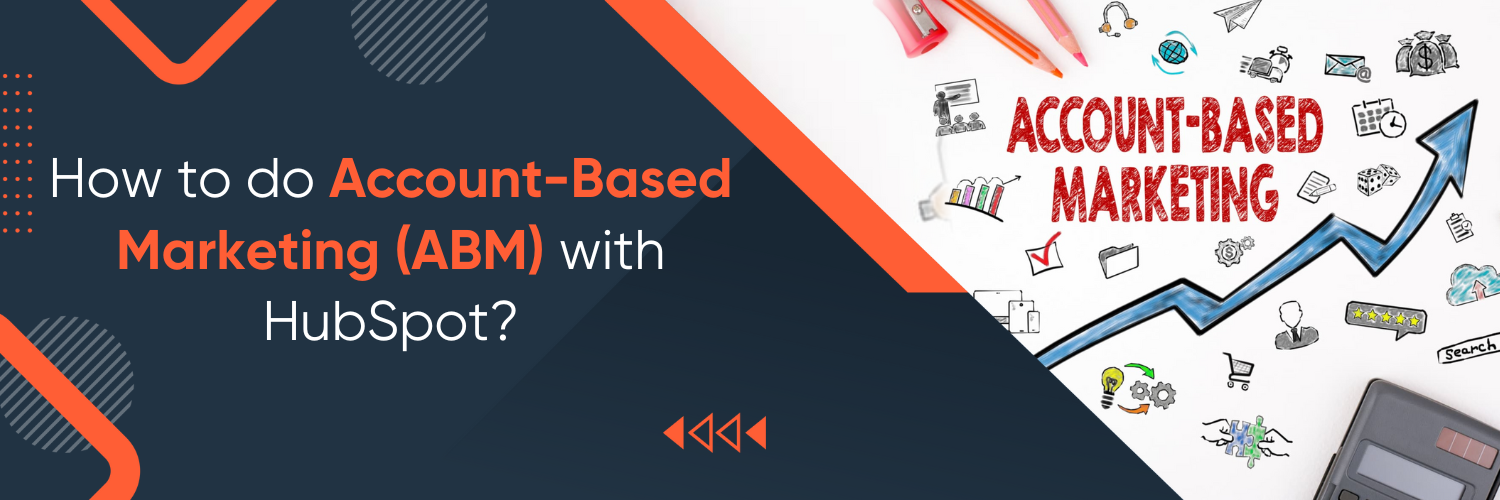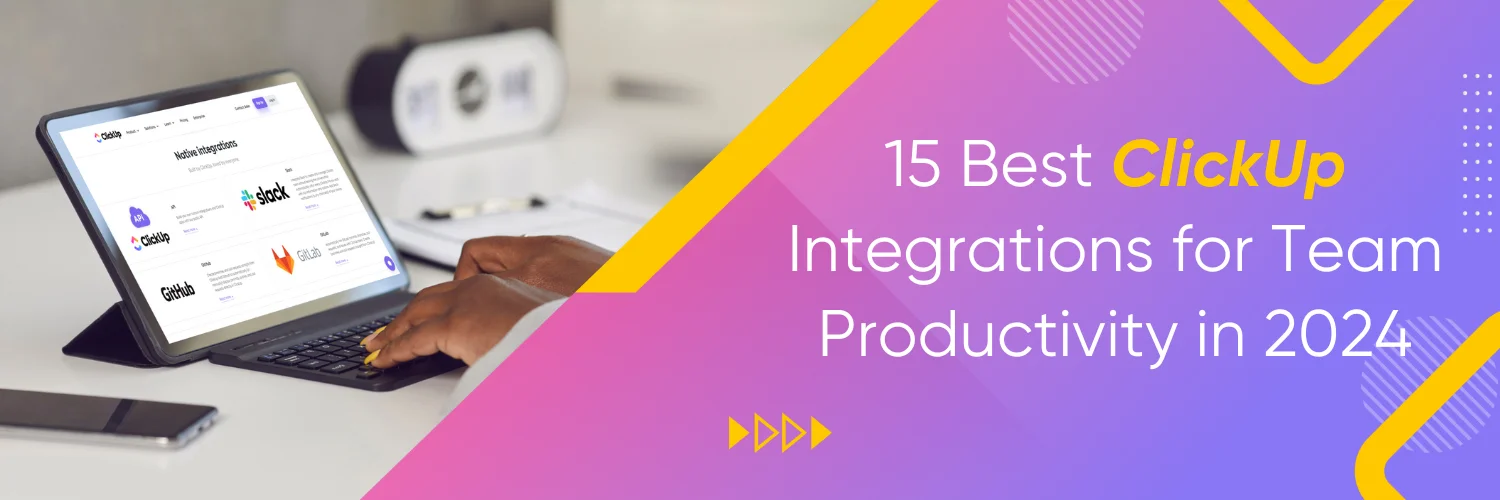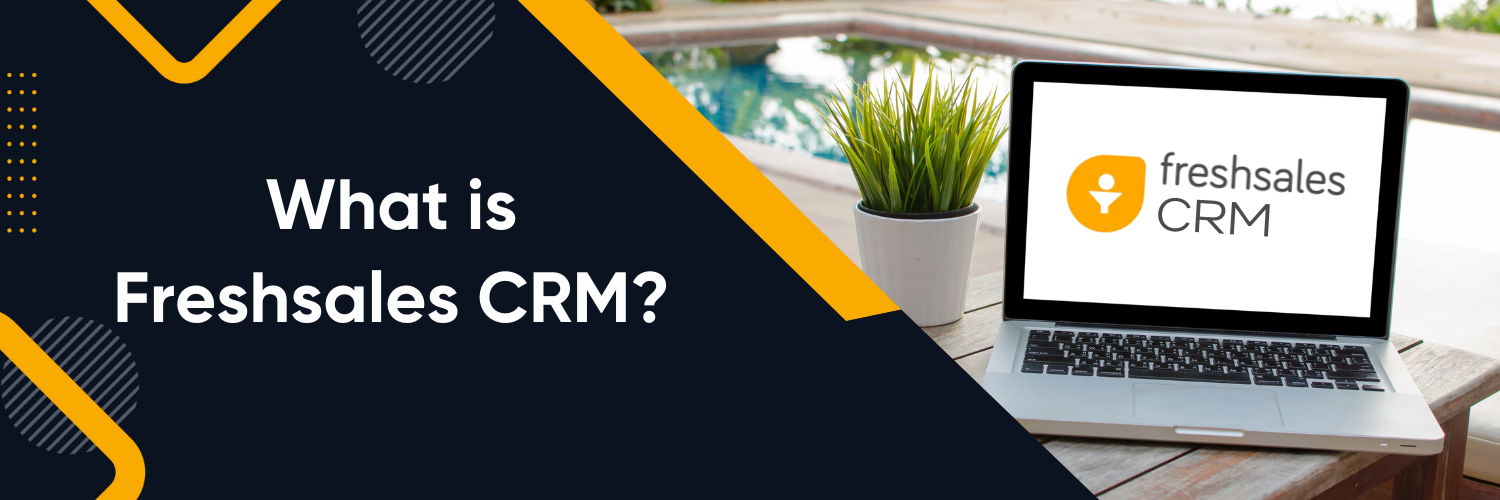You might already be implementing an ABM strategy, but perhaps you’re still searching for a solution to take it to the next level. HubSpot has got you covered with tools designed just for ABM. Let’s explore how HubSpot can supercharge your ABM strategy and help you reach your marketing goals.
What is Account-Based Marketing?
Account-based marketing (ABM), also known as key account marketing, is a strategic approach to B2B marketing that targets high-value accounts or specific companies rather than casting a wide net to attract individual leads.
The main job of ABM is to build strong relationships with important accounts. It does this by personalizing marketing to fit the needs of each target company. This approach brings marketing and sales teams together to work closely, targeting the right people with the right messages.
ABM is great for businesses with long, complex sales processes and for industries where each customer is really valuable. It’s all about making marketing more personal and effective, leading to better connections with customers and, ultimately, more sales.
How Does HubSpot ABM Work?
HubSpot’s Account-Based Marketing (ABM) works by integrating targeted account strategies into your existing CRM and marketing tools. It allows you to identify high-value target accounts, assign buying roles, and create personalized workflows. HubSpot facilitates targeted ads, segmented lists, and detailed account insights, enabling you to align sales and marketing efforts. With its robust reporting and automation features, HubSpot streamlines ABM processes, ensuring efficient and effective engagement with key accounts.
Account-Based Marketing and Inbound Marketing
ABM allows businesses to focus resources on key accounts, nurturing relationships and driving revenue growth, while Inbound Marketing attracts and engages a broader audience, generating leads and expanding the potential customer base. Together, they create a holistic marketing strategy that maximizes both reach and relevance, ultimately leading to improved ROI and business success.
Here are a couple of examples illustrating how Account-Based Marketing (ABM) and Inbound Marketing can work together effectively:
- Targeted Content Promotion: In an ABM campaign, you’ve identified a specific high-value account in the healthcare industry. You create personalized content addressing the challenges faced by healthcare providers. With Inbound Marketing, you publish this content on your blog and promote it through social media and email marketing to reach a broader audience of healthcare professionals. Simultaneously, you customize the same content and deliver it directly to key decision-makers within the target account through ABM tactics, such as personalized emails or targeted ads. This integrated approach ensures that your content resonates with both your broader audience and your specific target account.
- Lead Nurturing and Conversion: In an Inbound Marketing campaign, you attract leads interested in your software solutions for small businesses through educational blog posts and downloadable guides. As these leads engage with your content, you capture their information and nurture them through automated email workflows. With ABM, you identify a high-potential account in the retail sector and tailor your lead nurturing efforts to address their unique pain points and preferences. You send personalized emails with case studies showcasing how your software has benefited similar retailers, invite them to exclusive webinars featuring industry experts, and offer customized product demos. By combining Inbound Marketing’s lead generation with ABM’s personalized approach, you increase the likelihood of converting the target account into a valuable customer.
How to Do Account-Based Marketing (ABM) with HubSpot?
- Define Your Target Accounts: Start by identifying the key companies or accounts you want to target with your ABM strategy. These should be high-value accounts that align with your business goals.
- Segment Your Contacts: Within HubSpot, segment your contacts database to include contacts associated with your target accounts. This can be done based on company size, industry, or any other criteria relevant to your ABM strategy.
- Create Customized Content: Develop personalized content and messaging tailored to each of your target accounts. This could include personalized emails, landing pages, and other marketing collateral designed to resonate with the specific needs and pain points of each account.
- Use HubSpot ABM Tools: Leverage HubSpot’s ABM tools to streamline your ABM efforts. This includes features such as account-based tracking, which allows you to track engagement and interactions with contacts associated with your target accounts.
- Coordinate Marketing and Sales Efforts: Align your marketing and sales teams to ensure they’re working together towards common goals. Use HubSpot’s CRM to keep track of interactions and communications with contacts from your target accounts, and facilitate collaboration between teams.
- Implement Personalized Outreach: Use HubSpot’s automation features to deliver personalized outreach to contacts within your target accounts. This could include automated email sequences, personalized follow-ups, and targeted advertising campaigns.
- Track and Measure Results: Monitor the performance of your ABM campaigns using HubSpot’s reporting and analytics tools. Track key metrics such as engagement rates, conversion rates, and pipeline growth to assess the effectiveness of your ABM strategy and make adjustments as needed.
Best Practices for Implementing ABM with HubSpot
- Ensure sales and marketing work together.
- Use HubSpot tools to pinpoint key accounts.
- Tailor messaging to each account’s needs.
- Leverage ABM features for tracking and reporting.
- Use automation for personalized engagement.
- Monitor metrics and adjust strategies accordingly.
- Iterate based on data and feedback.
How to SetupAccount-Based Marketing (ABM) in HubSpot
Activate ABM Tools
- Navigate to CRM > Companies in your HubSpot account.
- Click “See Target Accounts” and then “Get started.”
Update ABM Information
- Contact Properties: Define buying roles (e.g., Decision Maker, Budget Holder).
- Company Properties: Mark target accounts and set Ideal Customer Profile tiers.
Use Workflows for ABM
- Go to Automations > Workflows.
- Create a workflow using the “Update company properties based on defined criteria” template.
- Customize it based on your business criteria.
Target Specific Accounts
- View Recommendations: Access recommended target accounts.
- Create Lists: Segment contacts and companies using ABM properties.
- Create Ads: Sync target accounts with LinkedIn Ads.
Manage Target Accounts
- Target Accounts Home: Track and manage target accounts.
- Account Overview: View detailed insights for each account.
Use Slack Integration
- Create Slack channels and share metrics via commands.
Analyze Through Reports
- Navigate to Reporting & Data > Dashboards/Reports.
- Use ABM-specific dashboards and reports to analyze performance.
For detailed instructions, visit the HubSpot Knowledge Base.
Why Choose HubSpot?
HubSpot provides a comprehensive suite of tools tailored for Account-Based Marketing (ABM), allowing seamless integration with your CRM and marketing efforts. With features like customizable workflows, detailed account insights, and targeted advertising capabilities, HubSpot enhances your ability to focus on high-value accounts effectively. Its intuitive interface, robust reporting, and automation features make it easy to implement and manage ABM strategies, ensuring that you can optimize your marketing efforts and drive better results.
However, to truly maximize the potential HubSpot’s capabilities to the fullest, partner with Ubique Digital Solutions. Our team will work closely with you to develop a tailored ABM strategy, implement it seamlessly within HubSpot, and guide you through the entire process. Don’t miss the opportunity to boost your business to success. Reach out to us today.
FAQs
Q: How can I identify target accounts in HubSpot?
You can analyze customer data and use third-party integrations to identify ideal target accounts.
Q: What are the key steps to implement ABM with HubSpot?
Segment accounts, create personalized content, use email marketing, nurture leads, utilize the CRM, and measure campaign performance.
Q: Can HubSpot integrate with other ABM tools?
Yes, HubSpot can integrate with other ABM tools. It supports integrations with popular ABM platforms such as LinkedIn Ads, as well as various third-party applications through the HubSpot App Marketplace. These integrations enhance HubSpot’s native ABM capabilities, allowing for seamless data synchronization, enriched account insights, and streamlined workflows, helping you execute a more effective and cohesive ABM strategy.












